Disclaimer: on reading this post you agree to see your ideas about ready to wear, small designers and fake luxury brands being challenged if not completely turned upside down…
Ah, low-end Ready To Wear (RTW = Ready To Wear), that awful entrance door into the world of men’s fashion…However, despite being for many men the only range of RTW they wear, it is an area which is nonetheless little known, and around which some peculiar myths are centered.
Low-end RTW is the kind of RTW with which the average guy is most familiar, much more so than with high-end or mid-range, quite simply because, in contrast to an item from Dior, a great number of men have already worn something from Gap, H&M, Zara, Banana Republic, Old Navy without counting all the clothes from Nike that have been converted and worn in a completely urban context (not a sports field as it’s supposed to).
A question of price…
The most powerful weapon of these brands is that they have imposed a new standard of pricing, completely detached from the quality of fabrication. Paying $60 for a pair of jeans has become ‘normal’ even if the material ages poorly and the cut means they’re baggy round your ass. It’s very insidious, as these brands have succeeded in banalizing the purchase of mediocrity.
In order to work well, these brands rely on selling enormous volumes of clothes, that is to say they would collapse if their supply were more limited. Indeed, to run a large Zara store right in the middle of town, it’s not a bad idea to sell shirts at $50! That’s without mentioning the colossal marketing costs that you finance by buying a T-shirt for $13 at H&M!
Economies of scale also come into play because, as you can well imagine, the cost of manufacturing a shirt is not the same if you make 10 as if you make 10,000…

Translation: “What do you mean ‘this ladder isn’t normal’ ” “It’s a wage ladder absolutely fitted to global standards”
The point I want to make is that if these brands can allow such low sale prices, it’s because they’re present pretty much everywhere. On the other hand, for a small designer who’s just starting out, it’s impossible!
When I’m asked, ‘Yeah but Benoit, I’ve got the right budget for Gap, but I don’t suppose you know of any other nice smaller brands within the same price range, but that have better quality stuff?’
My answer is always the same, ‘No, if your budget suits Gap, that’s your only option, cos there’s only Gap that can exist within that price range for entirely financial reasons.’
Indeed, a small designer:
- Doesn’t benefit at all from economies of scale. Creating a prototype, having it adjusted, modifying it, and launching the fabrication of a few hundred copies is very costly, without mentioning the fact that contrary to Inditex (the group that owns Zara), there’s often no investor there to help out. The final sale price strongly reflects this, but it cannot be any other way!
- Doesn’t benefit from a large-scale advertising campaign, which makes it even more difficult to make yourself known (luckily, blogs have arrived, but that’s another story). On the other hand, there is some good news for us: publicity costs are so expensive that the majority of small designers prefer to reinvest in quality, which translates, for us, into an excellent…quality/price ratio.
- Doesn’t benefit from large-volume sales. Due to the (very) limited number of stores, and the prices that are higher than those of low-end stores, the average guy isn’t going to rush to get there.
With all these elements, you can better understand why we only find large groups monopolizing low-end RTW, no? Indeed, it’s all in your honor to want a grey reefer made from wool and cashmere for less than $260, but only a brand like Gap has the financial structure which allows for that to happen. And definitely not a small designer.
No (small) designer could indulge in such madness!
So, there’s doubtless some of you who might think that price is used as a marketing weapon by high-end brands (‘they have higher prices to show that it’s a luxury brand, but they could be less expensive if they wanted to’).
That might be true of the big luxury groups or mainstream brands, but for small mid-range designers or those who are starting out: I don’t believe so.
Amongst all of the mid-range brands that we recommend on the blog, you’ll be very surprised to see that most of them don’t even have a salary (or, at least, not much more than the minimum wage) because creating a brand of clothing is far from being a goldmine. It’s clearly not what I would recommend to someone with a hunger for money. The ideal solution (or the easiest) would be to increase their prices, but they refuse to do so because they’d give the impression of being ‘too expensive’. Honest truth!
All that I ask of you is that the next time you see quality mid-range/high-end stuff (but that doesn’t come from a big luxury group like Hugo Boss), instead of cursing the price, understand that the designer in question can’t necessarily do anything about it.
And the next time you go to Zara, buy what you want, but don’t take all those little two-figure prices as a point of comparison.
Surprisingly, nor US nor French customers are the worst-off.
Mainstream VS mid-range ready to wear
As you’ll have understood, we’re not at all demonizing low-end ready-to-wear…when it’s bought with full knowledge of the facts. On the other hand; what’s sad is seeing people throw themselves on H&M and Martin Margiela collaborations in plastic/RTWier mâché or, more generally, lining up tens and tens of inexpensive but badly-chosen items in their wardrobes.
Artistic direction ‘coming soon’ – self-ridicule or pure franchise?
Leaving Zara or Gap with a few bargains is, then, an expert’s game – you have to earn your stripes in higher-quality ranges before you’re able to spot a good quality/price ratio where you wouldn’t expect to see one. With that being said, as a beginner, you’re more likely to mess up than anything else.
Secondly, certain items have a minimum price that can’t be pushed down further than that certain price. It’s the case for:
- Fine materials like leather or denim (cheap quality that will wear without becoming tarnished)
- Items that require a quality fabrication, like dress shoes or blazers (very poor durability for the rock-bottom price)
- Items that have been worked on, such as faded jeans, knitted patterns on wool or the patina on shoes…
Don’t buy these items in low-end ready to wear stores: they practically don’t exist there. I insist. Invest a bit more in something mid-range which will ultimately prove to be much better value in the long-term (and I’m not even talking about the purely aesthetic aspect). If you haven’t got the cash to buy the item you want: save up and wait. And turn your attention to simple basics while you wait (example: a woolen reefer while you wait to be able to pay for a leather jacket worthy of the name).
Low-end ready to wear nevertheless has a place on the market because it allows you to unearth some interesting items of the right quality, if you have the time and energy to rummage through each collection in-store (and especially not with reference to a look-book). This is very true for all simple items, like T-shirts (Uniqlo), chinos (H&M), basic shirts (Zara), or even really simple knitwear (Uniqlo).
A few words on ‘fake luxury’
Inversely, mid-range and high-end are no panacea either because we find an abundance of brands there that offer low-end quality at high-end prices.
I’m thinking in particular of all these fashion designers marketing minds who are still blooming but for whom I don’t envisage much of a future… Idem for those old fashion houses that have more or less given away their heritage but not for the price of shit: Boss, Burberry, Dior.
They’re easily recognized through their omnipresence in the glossy mags and advertisements in the street. They’re generally placed in positions of high visibility in stores, because it’s all about spending related to image: airports, large stores and tourist hotspots.
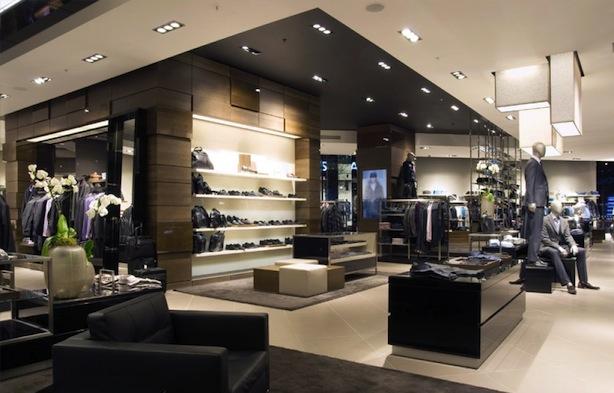
Have a roam round a big store and take a peek at the labels showing what the clothes are made of – you’ll see what I mean.
But what do I do if I have a small budget, then?
There aren’t 36 solutions, and I won’t make a guide for low-cost fashion, but here’s a reminder:
- The brands that you should look at on a small budget, you know them already: H&M, Zara, etc. I’m not going to elaborate on the subject, as I go into more depth about it in the Kinowear Bible. But really, apart from these groups, there aren’t any small designers who make stylish things at such prices; it’s naïve to believe the contrary! The good news is that even at H&M and Gap, I can confirm an improvement of quality in general…And do me a favor – have a look at the look-books of these brands, there are sometimes some really nice outfits (with the advantage of being day-to-day).
- When you travel abroad, be sure to visit the store of a low-cost brand specific to a country, like Topman in the UK, or Le Château in Quebec; there are sometimes some surprising gems to be found.
- Opportunity. I won’t repeat the refrain on eBay or the classified ads because people will start saying that I ramble. 😉
- Warehouses are in general rather disappointing, so you know what to expect if you’re promised a pair of Diesel jeans at a low price…
Right, and those of you who have a small budget and are satisfied with your wardrobe – what are your tips? Where do you buy your clothes?
The case of the sales
The truly great opportunity to find (nice) clothes remains, unsurprisingly… the sales! But on the condition that you know your stuff, so that you can avoid all of the fake ‘bargains’ that you’ll come across.
Black Friday is slowly coming closer. No worries, we’ll have you covered a few days beforehand with a very complete post. Followed by the release of the Titanium Secret Project (more on that soon by email).
Talking about email, in a few days I’ll send our beloved subscribers a free PDF guide of roughly 20 pages.
It’s called: The 10 Little Touches that Make a Man Sexy. But don’t worry our editorial line is not sliding towards cheap dating advice. As usual it’s all about your style and helping youfeel confident in the clothes you wear.
Sounds good to you? Don’t miss it, sign up now by filling the form below.
What are your favorites ready to wear brands ?
Where do you usually go ?
Your answer in the comments.

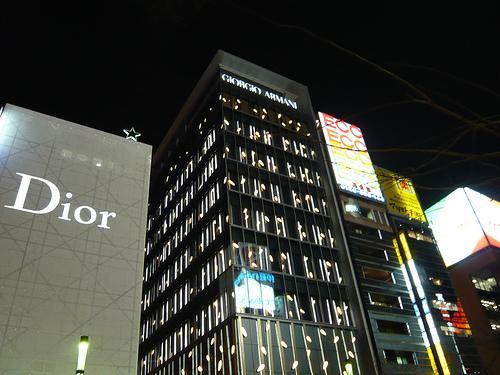
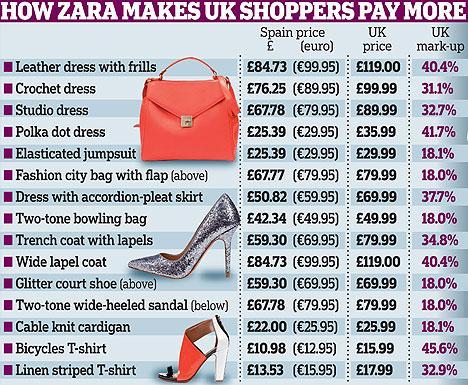
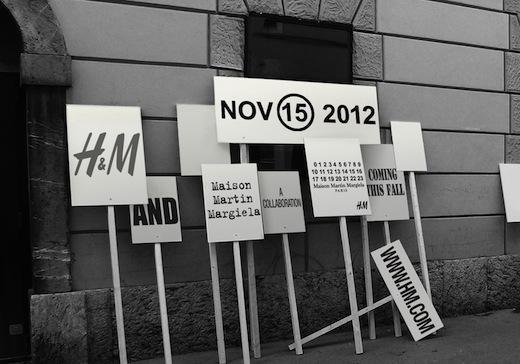
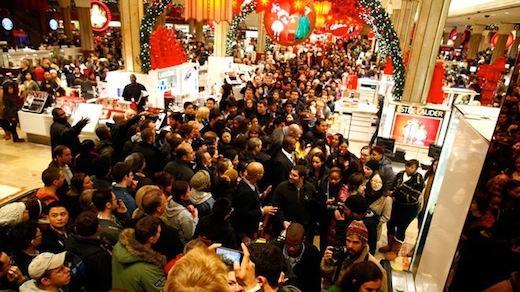
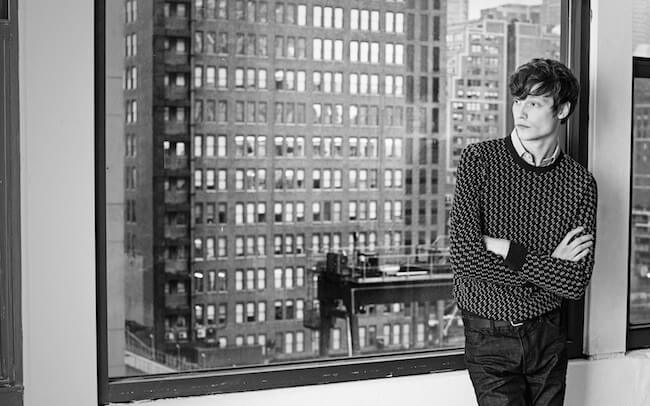

Hey guys, what are your favorites ready to wear brands ? Where do you usually go ?
I’m not sure if it qualifies as rtw but I like to shop at Massimo Dutti
I’ve seen Massimo Dutti being compared to ZARA like how Banana Republic is compared to GAP.
Usually Topman, or River Island UK
Hi Gabi,
Yes it definitely does! Actually any retailer that is providing “made to measure” fall under the category of ready to wear.
By this I mean that Gucci is also a ready to wear brand, so is Banana Republic or Nike… Massimo Duti is somewhere in the ready to wear mid-range.
Thanks for your feedback 🙂
Nicolas
Hi Anon,
That’s accurate!
Massimo Duti and Zara are brands of the Inditex group. Zara being low-end and Massimo Duti mid-range.
Same goes with Banana Republic (mid-range) and Gap (low-end) owned by Gap Inc.
Same goes with COS (mid-range) and H&M (low-end).
Unfortunately COS is not in the US at the moment but there are some great scandinavian outfits in their lookbooks. http://www.cosstores.com/
Thanks for your comment 🙂
Hi Nav,
Thanks for your input .
Topman is great, the ratio style/price is really good thanks to a very cheap pricing.
Nicolas
My habit, at least in the states, is to go straight for the clearance rack of ready to wear stores, not even glancing at the other clothing on display. In combination with a sale, you can stumble upon decent pieces at stupidly low prices. This is especially true of GAP and BR, sometimes J Crew… Further, with some patience, stores like Ross or Marshall’s can have epic deals.. A piece of advice that I believe was posted by the guy that ran this site before was to get in the habit of going shopping and not buying a single thing. If you go into a store with the expectation that you should buy something, you’re bound to buy things you didn’t need at a price that you didn’t have to pay.
for
Debenhams, gap, jd sports – UK
I live in Asia and its hard to find branded or designers design clothing. If there is, it will be very expensive. The good thing is, when talking about styles and dressing, brands does not count for me
Hi,
Where do you live exactly ?
As far as I know after leaving one year in Bangkok and travelling in SE-Asia low-end ready to wear is not as good nor as cheap as what you can find from small independent shops in malls.
Nicolas
Hi Will,
“get in the habit of going shopping and not buying a single thing.”
Indeed that’s a great piece of advice.
If you are always one move ahead on your wardrobe needs you’ll be able to get great deals.
I coudln’t find this post, but I’m quite sure I’ve read it too.
We talk about visiting nice shops to get experience on high end clothes in this post : http://www.kinowear.com/find-your-style-1
Thanks hgr
what for?
oh..just below Thailand, its Malaysia. Yup, you are right! The best place to find good ready to wear clothing is in malls. There are still a lot of choices that can be made.
I’m sorry, I meant where do you live in Malaysia ! I’ve travelled all my way from Singapore to Bangkok a few months ago (but there wasn’t much style involved :D).
I live in Kuching, Sarawak (If you know where that is LOL). Yeah, there wasn’t much style and so little choices around. That is why sometimes we asian people use our own imagination. To be stylish, create your own style. As long it is not weird
I liked this article, especially because it made me a bit defensive.
I wholeheartedly agree about shopping RTW during the sales; if you see a blazer for £199 one week, and £99 the following week, what do you think is closer to the true value of the clothes?
It can be very tricky finding quality at the low end; I’ve bought £2.50 T-shirts and £7.50 jeans at Primark and been very happy, but extremely disappointed with £10 shirts and £20 jeans from H&M.
Hi Jasdev_Sekhon,
Thanks for your comment.
Keep in ming though that during the sale you may actually buy items under their cost price. But don’t get used to buy clothes at the “true value of the clothes” because it’s brands’ jobs to operate with a margin.
Anyway, it’s not a big deal with big RTW brands, but when buying clothes from small designers don’t expect them to give 50% (and more) sale easily.
Because they’ll literally loose money on the deal and the vast majority of small designers really have a hard-time surviving in this economy.
Back to RTW, what happens very often is that brands are selling only a small percentage of their stocks at the full price. Another part being sold during sale and finally the remaining stocks are sold to desock shops.
Yes the quality in low-end RTW is sometimes hard to evaluate, remember to have a look at the label to see what’s the fabric made of.
Nicolas
I seem to gravitate towards Macy’s and Nordstrom ( I live in Seattle) but no doubt I really like the stuff at Banana Republic, and yes, Tommy Bahama too. I know. I know, it’s a weakness. Cant be helped!
You can do it! Whenever you go to Macy’s you can easily drop a few you high-end clothes when hitting the fitting room, you taste will evolve and you’ll start loving nicer clothes.
I love to shop at Calvin Klein and Express, Couch, Polo, american eagle, and finally cotton on but my favorite brand would be Perry Ellis. Don’t get me wrong i love dressing up wearing nice cloths and i grew up in a household of women so know how dress was never really a problem for me. Though the one thing i would love help on is new stylish brands that would add some really nice flare to my style but coming from a place like Texas a place were every one only buys from stores like Zumiez and PAC Sun and the Nike store. Thus could you give me some nice brands i should look into that wont break the bank!
Hi Rogelio,
It seems like buying online may be a necessity for you. Have a look at http://needsupply.com/
You’ll find less famous deisgner, products of good quality and nice cuts.